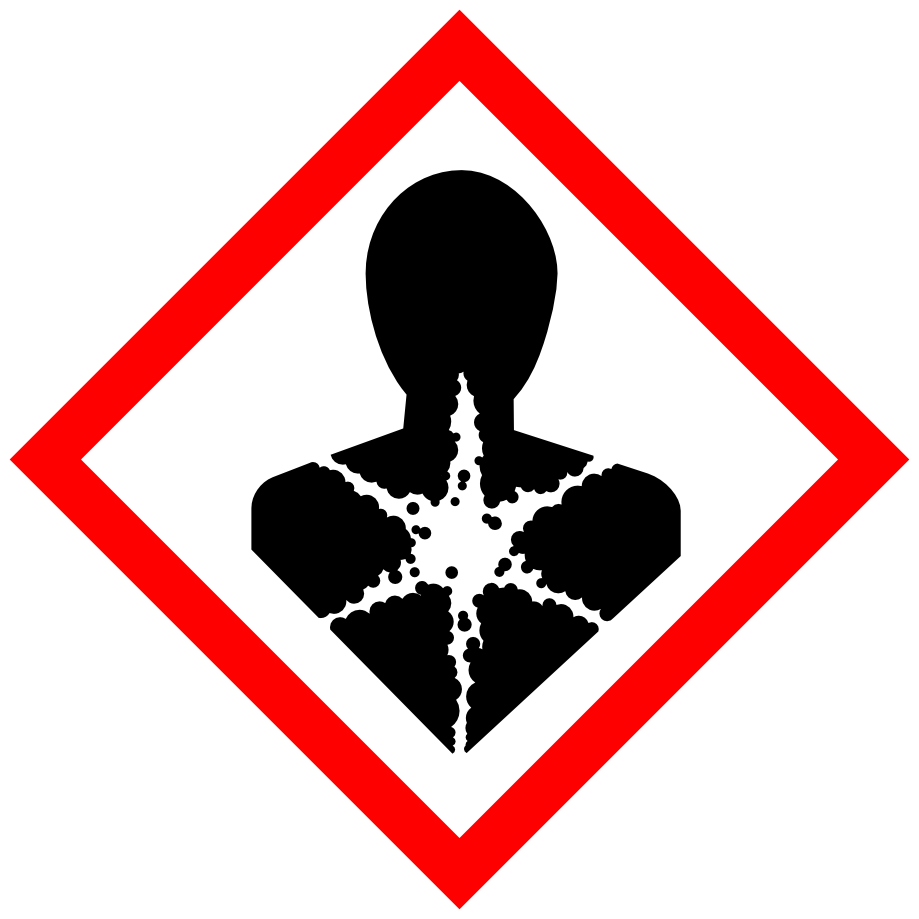
Those new to 3D printing and making might encounter the word “MSDS”, and it’s extremely important to know about.
MSDS is an acronym that stands for “Material Data Safety Sheet” and it is supposed to contain standardized information about a specific material. With this information you will be able to safely deal the material.
And you will find out if you haven’t been handling the material properly, too.
In industrial settings, it is often mandated that any material is accompanied by the appropriate MSDS, which are filed in the workplace for use when required. As in an emergency.
The specific contents of an MSDS vary by jurisdiction, but the intent is the same: inform the user of the material what precautions to undertake when using the substance. What might you find in a typical MSDS? Here are some of the sections required in EU MSDS documents:
- Identification of the substance/mixture and of the company/undertaking (Identified uses of the substance or mixture and uses advised against, supplier information and emergency contacts)
- Hazards identification (substance classification, hazards)
- Composition/information on ingredients (components and mixture ratios)
- First aid measures (Description, Most important symptoms and effects, both acute and delayed, Immediate medical attention and special treatment needed)
- Firefighting measures (Extinguishing media and procedures, Special hazards, Advice for firefighters)
- Accidental release measure (Personal precautions, protective equipment and emergency procedures, Environmental precautions, Methods and material for containment and cleaning up)
- Handling and storage (Precautions for safe handling, Safe storage)
- Exposure controls/personal protection (Control parameters, Exposure controls)
- Physical and chemical properties
- Stability and reactivity (Possibility of hazardous reactions, Conditions to avoid, Incompatible materials, Hazardous decomposition products)
- Toxicological information (Toxicological effects)
- Ecological information (Toxicity, Persistence and degradability, Bioaccumulative potential, Mobility in soil, Adverse effects)
- Disposal considerations (Waste treatment methods)
- Transport information (Transport hazard class, Packing group, Environmental hazards, Special precautions for user)
And more. As you can see, if you were to read the MSDS for a given substance, you’d know an awful lot about how to deal with it.
Theoretically it would be advantageous to see the MSDS for any 3D print material you happen to be using. While you may not find them in the shipping box, the manufacturer may provide them electronically from their website.
However, as I mentioned above, MSDS is only required for industrial use, not for consumer use. Thus, many suppliers of 3D print materials, including plastic filament or liquid resin, do not supply MSDS with their products.
Is this a good thing? Legally I presume it’s ok but in practice it may not be, particularly with 3D printing resins. Resins in particular are a concern because of their liquid nature: they can splash and get on things – like you. Some of them may not be particularly safe for direct handling.
Which ones? Well, you’d have to read their MSDS for that.
And that’s the problem. MSDS should be available for ALL 3D print material products, whether supplied to industry OR consumers.
In the case of consumers, some of them may not be aware of the dangers of using such materials and could be handling them in dangerous ways, possibly leading to future concerns.
Suppliers should make the MSDS available for download. If they don’t, you might wonder why.
Via Wikipedia

